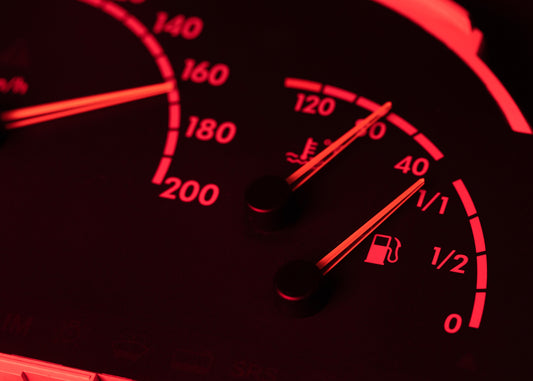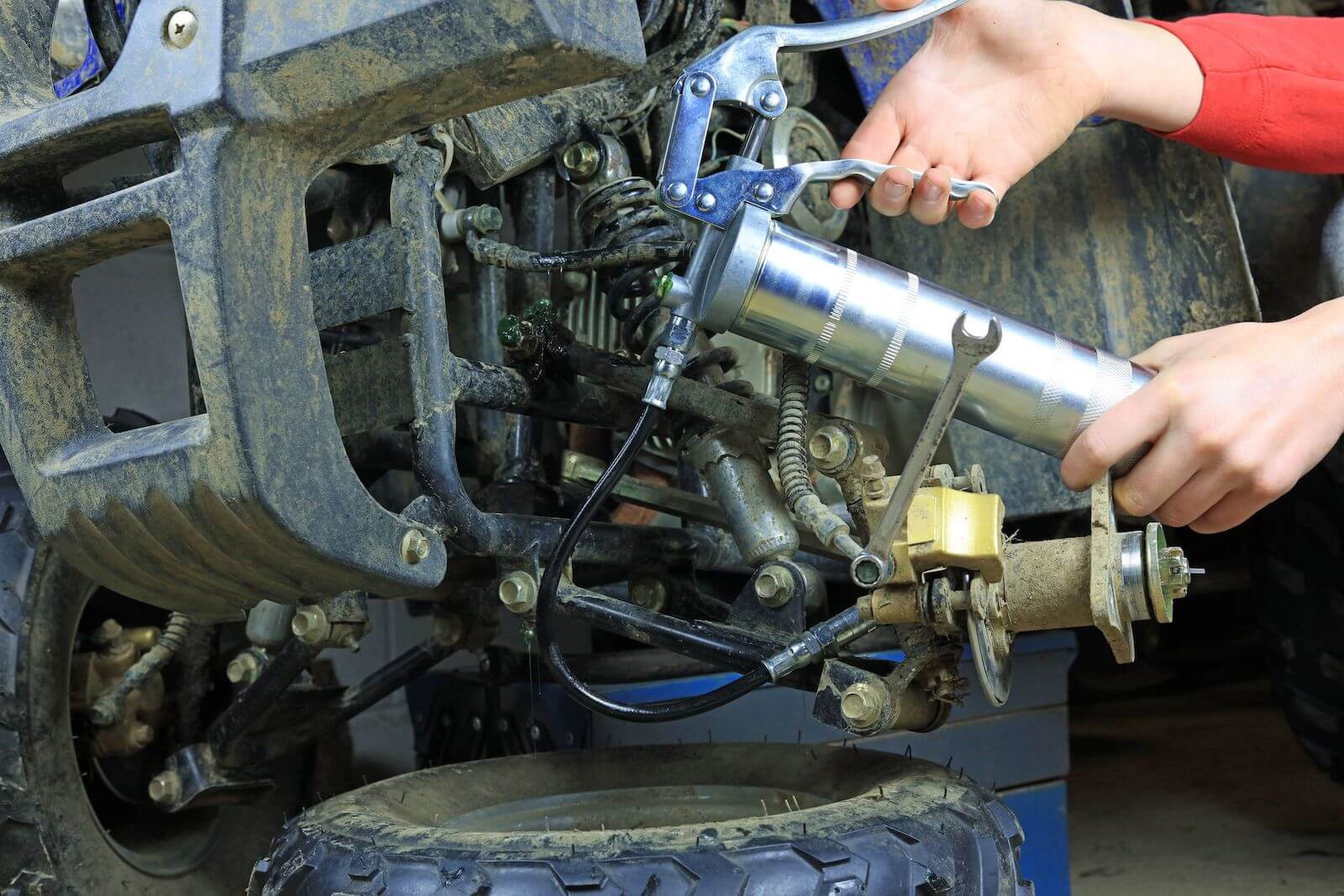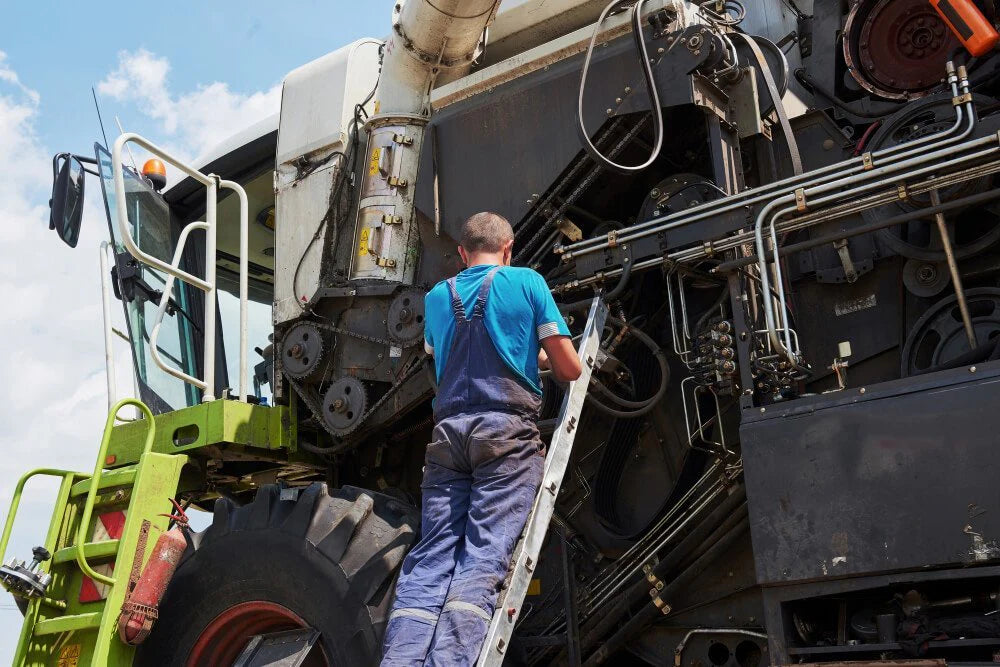Did you get a bigger yard? Are you sick of walking behind a push mower? Or maybe you just want to be the envy of the neighborhood! It really doesn’t matter because the day is finally here — you are buying a riding lawnmower.
But before you make that purchase, here are 5 things that you need to know and consider before you buy a riding lawnmower.
Why are you Buying a Riding Lawnmower?
We’ll give you a hint: The answer should not be “Because I need one.”
Determine the actual reason you are buying a riding lawnmower: Did you move and now have a larger yard? Are you just sick of using a walk-behind mower? Are you replacing your old riding lawn mower? Are you looking for an easier way to mow your lawn? Making this seemingly simple determination will really help narrow down which riding lawn mower is right for you.
What Size Riding Lawnmower do you Need?
Once you have determined why you’re buying a riding lawnmower you need to figure out how large of a lawnmower you need or want. One important thing to consider is the size of the yard you will be mowing. Take a walk around your yard and look at places you will be mowing. Are there any tight spots you want to make sure and fit between? Will you be mowing around a lot of landscaping? Are there any low-hanging trees, landscaping, or yard ornaments that you will be mowing under? Don’t forget the height of the lawnmower is also going to limit where you can mow.

For reference, to mow a ½-acre yard it is recommended to have a riding lawn mower with a 40-inch to the 50-inch-wide mower deck. The mower deck refers to the housing where the mower blades are and is a direct indicator of how wide the mowing width is of the lawnmower. For example, a 40-inch-wide mower deck will cut 40 inches of lawn per pass.
When estimating the size of the lawnmower you want to buy, don’t forget to account for how much room you must have to store the lawnmower. It is important to find a balance between how much storage you have and how much lawn you must mow. When you’re measuring where you’ll be storing the mower, remember to give yourself enough room to walk around the mower safely.
A lot of lawn mower accidents happen when getting on or off the mower so give yourself a safety margin and plenty of room! If you plan on getting attachments for your riding lawnmower like a thatcher or leaf picker-upper remember to account for storing those as well.
How Much can you or Should you Budget for a Riding Lawnmower?
The correct budget is dependent on everyone’s needs, however, on average, riding lawnmowers will cost between $1,500 and $4,000. Lawnmowers on the lower end of the average will have less options, may be slightly louder, may not cut grass at a professional level, and may have slightly higher maintenance costs as blades have to be replaced more often.
Still, economically priced riding lawnmowers do save a lot of time and do an excellent job mowing. Very few people can tell the difference in mowing quality between a professional-grade mower and an economically priced mower.

On the higher end of the national average, the lawnmowers have more options such as electronic deck height control, more comfortable seat/handle grips, quieter engine, and will typically have longer lasting blades.
When determining your budget consider what is important to you. If you want to save time and aren’t concerned with mowing comfort an economically priced mower will be a great option. On the other hand, if you are concerned about being comfortable while mowing and less concerned about cost a higher priced riding lawn mower will be a better option.
Do I Need a Zero-turn Lawn Mower?
There are two basic types of riding mowers: Traditional lawnmowers that look like a small tractor and have the mower mounted directly in the middle of the machine and zero-turn lawnmowers that have the mower deck in front of the operator and the engine behind the operator. Determining which is best for your situation is dependent on the landscaping in your yard and a little on your budget.


Zero-turn lawn mowers are typically much faster than traditional mowers as a zero-turn mower can turn directly around and mow directly next to the previous pass. Zero-turn mowers are also excellent when mowing around trees, shrubs, or landscaping that has non sweeping curves. As the mower deck is in front of the operator on a zero-turn mower it is easier to mow in tight places and around sharp curves. However, zero-turn mowers are not for everyone as they can be difficult to drive and are known to tear up grass because of their sharp turning radius.
Traditional riding lawnmowers are easier to drive than a zero-turn mower as traditional mowers operate the same as a car or tractors. If your yard is also obstacle free, a traditional mower will do a great job and not take much longer than a zero-turn mower. Traditional riding lawnmowers also tend to be less complicated than zero-turn mowers, will cost less, and are less likely to tear up grass/sod.
Do Riding Lawnmowers Have to be Maintained or Fixed?
Riding lawnmowers are much more complicated machines than push mowers and will require periodic and seasonal maintenance. Therefore, it is important to account for maintenance when buying a riding lawnmower and buy the proper tools to keep your lawnmower running in tip top shape!

Here is a list of required periodic maintenance that is required.
- Riding lawnmowers will need to be greased periodically, check your owner’s manual for the exact service schedule. Grease fittings (zerks) can usually be found on the wheels, mower deck, and joints on the steering assembly. We recommend buying a Lube-Shuttle® Homeowners kit with your riding lawn mower. The kit includes a Lube-Shuttle® Pistol Grip Grease Gun, 2 tubes of G200EP grease, a 20-inch hose, and a standard grease coupler. This is one of the few kits that will not make a mess and includes everything you need to grease your riding lawnmower.
- Blow off or brush off the mower deck after mowing. This prevents rust from forming on the mower deck and will greatly extend the lifespan of the mower deck, belts, and bearings. The underside of the deck should also be sprayed off or cleaned to prevent the buildup of grass clipping under the mower deck.
- Check the tire pressure at least 4 times every year. If the tire pressure is too low or too high it can affect mowing quality, traction, and stability. Therefore, it is very important to maintain the proper tire pressure. Refer to your owner’s manual for the exact pressure recommendations.
- If your lawnmower sits for the winter season, make sure to stabilize the fuel. The number one reason lawnmowers do not start is fuel oxidation which happens when gasoline sits for a long time. To prevent fuel oxidation, treat your gasoline with a stabilizer to protect your fuel and ensure your lawnmower starts when you need it. We recommend AirTec Octane FS1 which stabilizes, lubricates, and helps clean the fuel system. This product can be used continuously or seasonally.
Buying a riding lawnmower can be very intimidating, but it should also be very exciting! For many people, their yards and their lawnmowers are sources of pride and the envy of their neighbors.
Take your time, look at several different models, consider all the tips we discussed and soon the right riding lawnmower will be sitting in your garage. Have a great summer and safe mowing!






